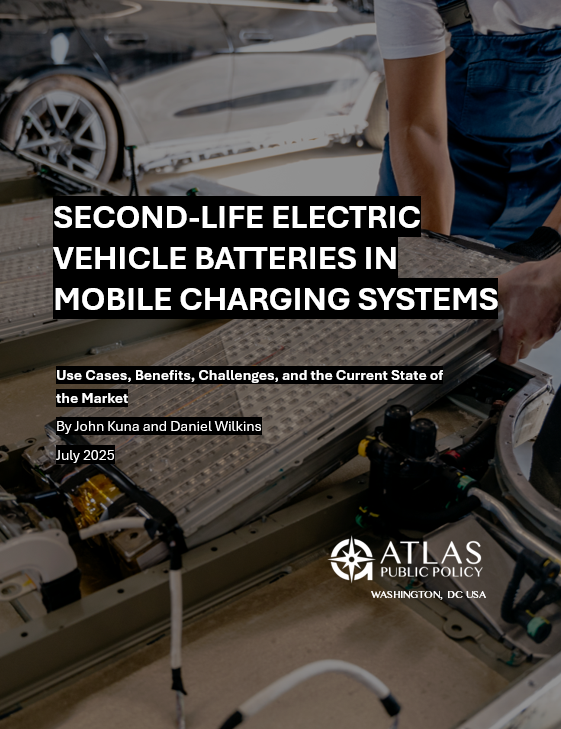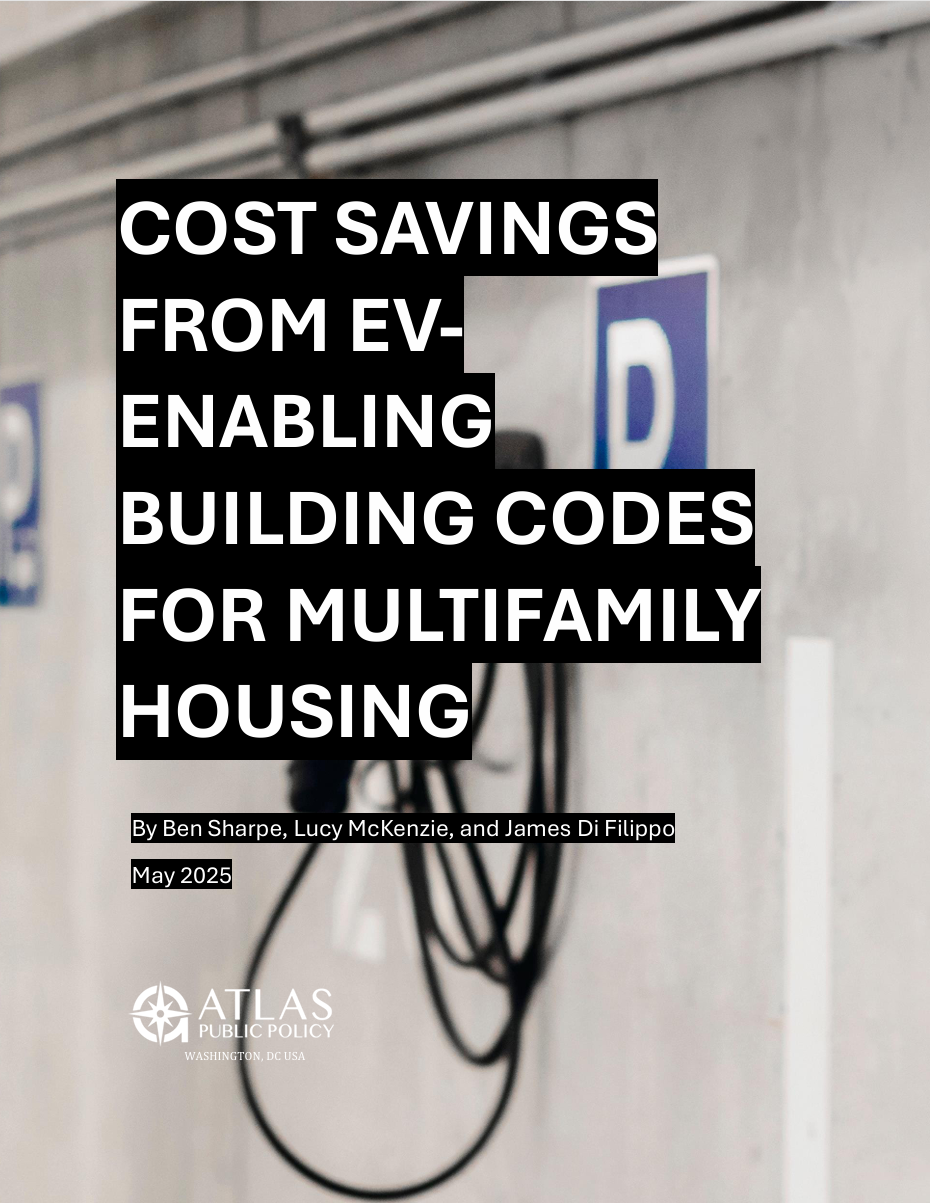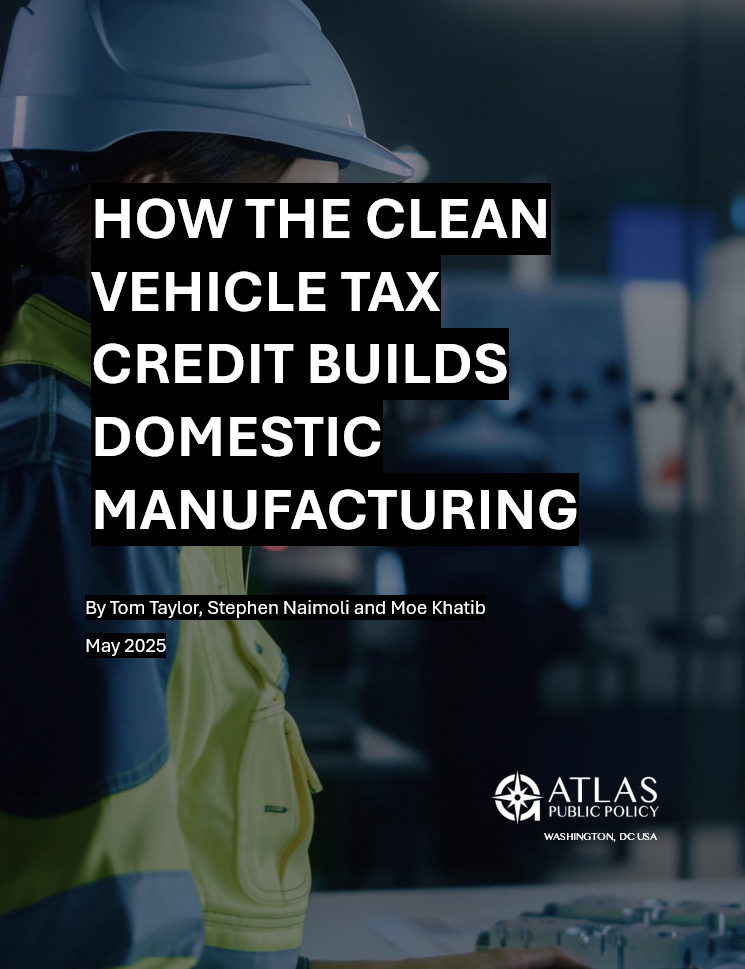By 2025, 40 percent of all non-Postal Service federal fleet vehicles and 97 percent of U.S. Postal Service (USPS) vehicles can be replaced with electric vehicles (EV) at a lower total cost of ownership (TCO) than comparable gas and diesel vehicles. This means that choosing an EV over a conventional vehicle will save money over the life of the vehicle. By 2030, the vast majority of all federal fleet vehicles—USPS and non-USPS—will be cost competitive on TCO basis. Electrification of non-USPS federal fleet vehicles could yield vehicle lifetime savings of as much as $1.18 billion, while USPS electrification could yield as much as $4.3 billion in savings. Given this opportunity, federal agencies should begin planning for widescale fleet electrification immediately with the expectation that most new or replacement light vehicles and buses acquired within this decade should be electric.
Federal agencies outside the USPS can electrify their fleets faster if they reinvest savings from electrifying TCO-competitive vehicles into electrifying vehicle classes where EVs are not yet cost competitive. In 2025, using these savings could support the electrification of 96 percent of vehicles in the federal fleet at a net savings of $8 million. This would more than double the number of vehicles that could be electrified in 2025 at no additional cost.




